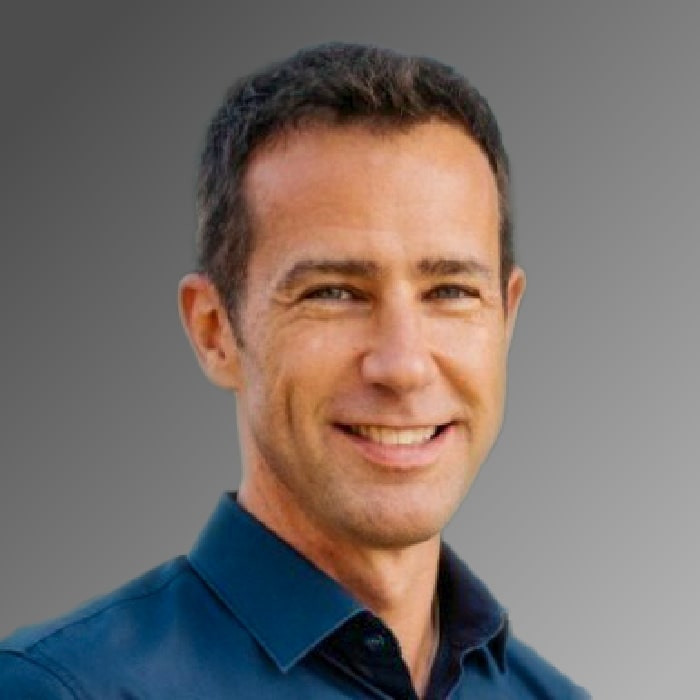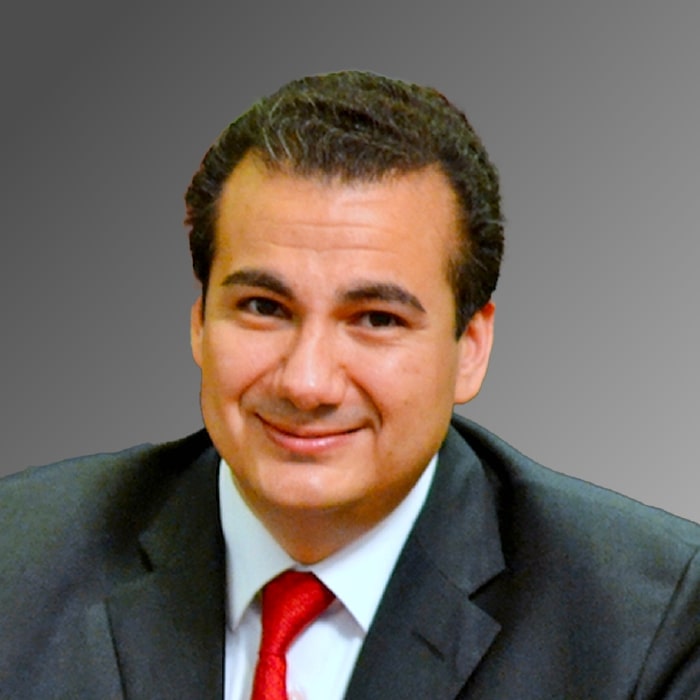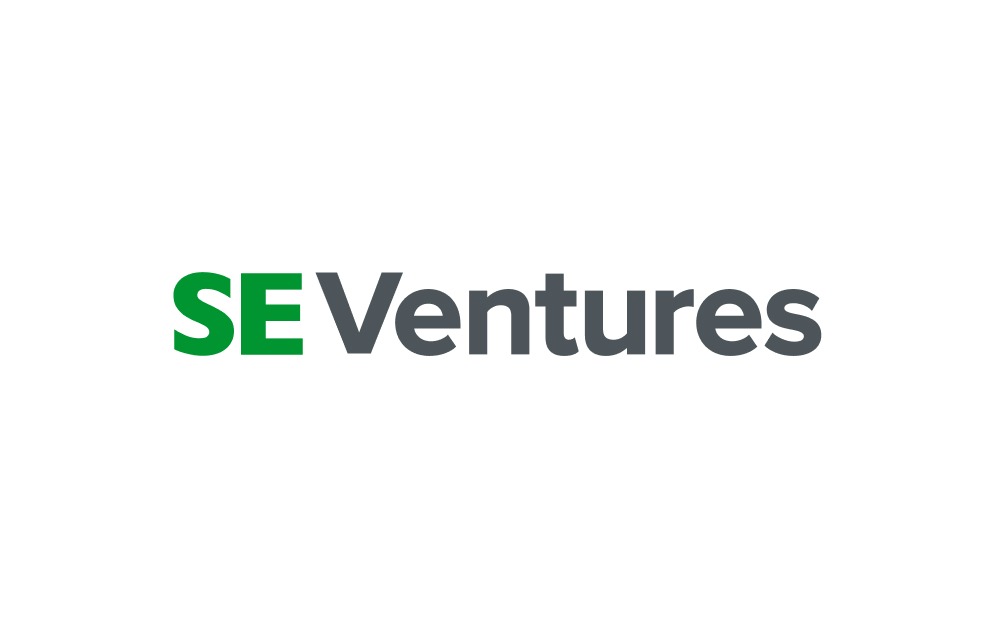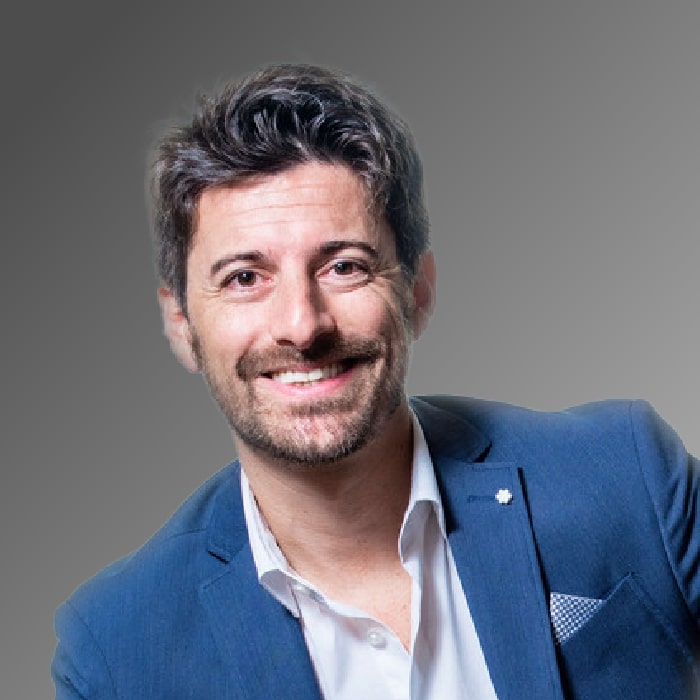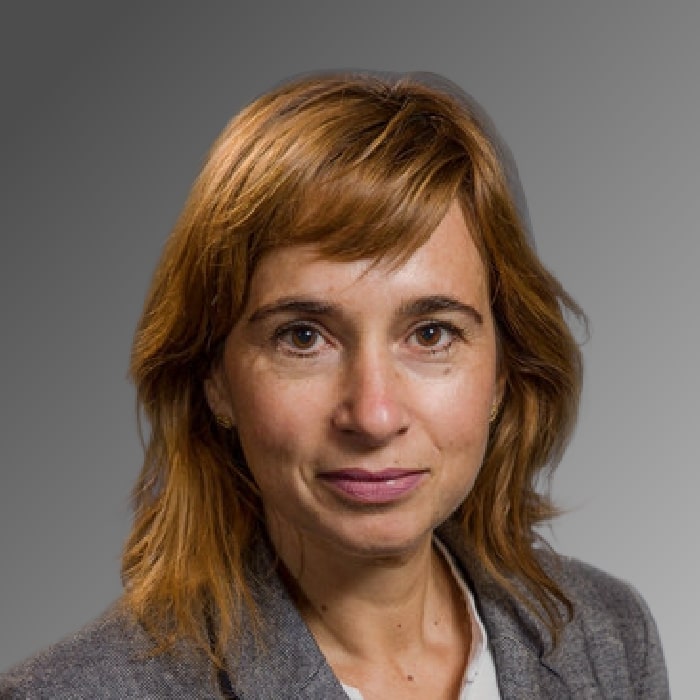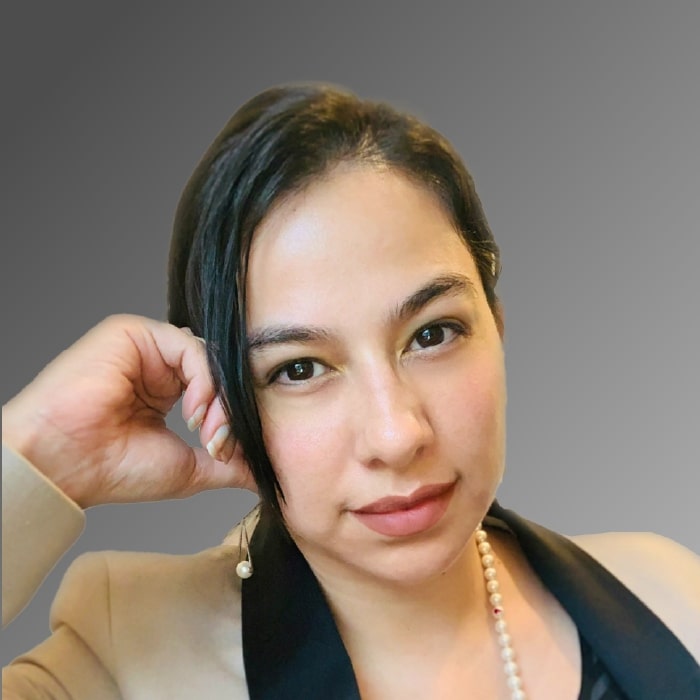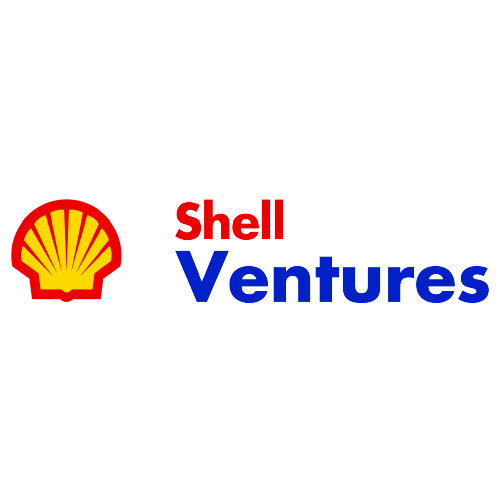Scattered to the Wind: From Enron to EnBW
May 16, 2024
Interviewed by Nicolas Sauvage on December 21st, 2023
Crispin Leick, managing director of EnBW Ventures, helped start the venture arm in 2015. EnBW, their corporate parent, is the second-largest energy company in Germany and has been working to transition from nuclear power to other renewable sources since 2012. Most of EnBW’s transition has been into wind energy, so starting a venture capital arm to help develop the industry and shape the power transition’s future is important to company leaders. Thus, Crispin was charged with building and running the new venture. He joined Corporate Venturing Insider to discuss his path to corporate venturing during the height of the windy season in December 2023.
Beginning of a Career
EnBW New Ventures does not mark Crispin’s first foray into CVC. He has spent 16 of his 26-year career gaining venture capital experience. Crispin explained that he thinks of his story in three parts. In 1997, he began working as a chemical engineer who was fascinated with the new technologies in the energy industry. So instead of toiling away in a lab, he opted for portfolio management for WINGAS, one of the largest gas suppliers in Europe. Though renewables occupied a small niche in the energy sector then, Crispin thought the gas company could help develop and work with them.
He was wrong, so he transitioned to the now-infamous American energy company, Enron, in 1999.
Enron’s Collapse
Crispin explains that his time between 1999 and 2002 was historic. Of course, Enron has gone down in history for its historic collapse in 2002, owing to willful fraud and corruption at the highest levels of the company. The crash single-handedly forever changed accounting oversight. With 20,000 employees and $100 billion in annual revenues, Enron’s financial statements were supposed to be audited by Arthur Anderson LLP, one of the ‘Big Five’ accounting firms in the world.
Arthur Anderson and its 28,000 employees were responsible for ensuring the accuracy of Enron’s financial statements. In the 1990s, the energy company falsely reported net revenues of $100 billion. Arthur Anderson lost all credibility, was hit with several lawsuits that went to the U.S. Supreme Court and collapsed within nine months of the scandal’s breaking. In response, Congress passed the Sarbanes-Oxley Act of 2002 within a year of the incident, increasing penalties for financial-related crimes. Enron’s executives went to prison, and their 20,000 employees were scattered to the wind.
Crispin remembers the scandal going public as an especially tumultuous time for him. He recalls Enron being a very innovative company, but “just being innovative is not enough. Your innovation (should be) in bringing value to your customers and not so much optimizing your own books.”
Still, he can see the bright side. Being thrown out of work at Enron finally brought him to his true calling, renewables.
From Renewables to Venture Capital
After Enron, Crispin joined REpower Systems, now Senvion, for three years. At the time, the company was known for coal and other dirty forms of power, but it was beginning its transition to more renewable sources. It had formed a business unit to explore wind, biomass, hydro, and photovoltaic (solar) energy. Crispin helped get the program off the ground, accounting for his first big success and leading him to a similar job at Innogy. Crispin recalls how this program provided him with the knowledge and desire to take these technologies further than he already had. It created an impulse to work in venture capital that has lasted the last 16 years and continues to this day.
The managing director of Innogy contacted Crispin, since he was in the innovation space, and asked him if he had any ideas about how to execute several initiatives in the renewables sector. Crispin suggested that what Innogy needed was a venture capital unit. The director liked the idea so much that they asked Crispin to start it. Since he had no experience in this area, he relied on several U.S.-based venture capital firms for advice on how to run his new project.
“I thought that I could do some things a little bit differently and not learn from them,” he said.
So he discovered that what he needed to do was “burn through a couple of things (to) know how (venture capital/investing) works.”
This made Innogy Venture Capital’s start tumultuous, including five insolvencies, six trade sales, and one small IPO from the renewables-focused fund. Crispin says it wasn’t exactly a failure, but neither was it a raging success.
Innogy Venture Capital
Although the fund closed at $115 million, Crispin believes he went wrong in several places, such as not sticking to a traditional venture capital model and listening to the advice he received from other VCs. A traditional VC model is financially driven, first and foremost. It needs to help and encourage its portfolio companies, but if they are not financially on track, the VC investor will not be their best friend.
Innogy could not fully articulate a clear need for its investment. Crispin describes two classes of corporations that build venture capital. One is the corporation that has cash to spend and thinks that it should invest it in new innovative firms to stay at the forefront. The other class of CVC companies sees its current business model under attack by new entrants and seeks to pivot by funding new solutions pioneered by external groups. The latter class is easier to start because there is clear pressure and buy-in from the mothership. The CVC benefits from enthusiastic backing internally. Crispin believed Innogy to be the former class, and that status limited the fund’s success.
Among other problems, Crispin points to taking stakes over 20% in some energy companies, making the startups more like Innogy subsidiaries rather than independent firms. He also lamented unequal engagements at his firm. Win-win must be present between the portfolio and investor because otherwise, the partner receiving fewer benefits will become resentful and leave.
For all these reasons, Crispin eventually left to start over at EnBW.
At Innogy, Crispin made six trade sales. This is where a venture capital fund sells its stake to another company so it can exit. This practice evolved from Crispin’s understanding that VC should adhere to investment and divestment periods. He wanted to put natural pressure on exits within a certain period. He didn’t want some companies to become money pits and thought a closed-end fund would prevent that. However, during investment periods, the fund would rapidly deploy capital and always follow companies to maturity. Crispin decided this had to change in his second fund.
A Second Chance
In 2015, when EnBW’s CIO reached out to Crispin about building a venture capital arm, it was because he had a great deal of experience in the industry and had previously launched a fund. Crispin met with the board to understand its motives and goals for the fund. This helped him understand the real need and get internal buy-in.
Crispin envisioned a traditional CVC fund focused on financial investment with a secondary goal of strategic returns. However, he shifted to an evergreen fund. Crispin favored this closed-fund model for several reasons. First, the mothership approved. The EnBW board liked that Crispin would never come asking for more money for the fund. It forced him and his new team to be self-reliant and run everything out of the fund. Thus, only if the team succeeds would the fund grow.
Crispin also said that rapidly investing in companies in his original fund precluded choosing startups that might become future industry leaders or have the most strategic return. With the Evergreen fund, they miss many fewer great opportunities. They only make investments when there is something they believe in.
And the final aspect Crispin changed was the investment committee process. An investment committee is normally in charge of approving the venture capital arms investments. EnBW’s board comprises three members from the mothership and two externals — an entrepreneur and an international investor. They keep the theme regularly updated, but their biggest superpower is “Umlaufbeschlüsse” or “circular resolution.” They submit a written document on the proposed resolution, so they do not need to meet before investing, and the deal can be done in as little as two days after receiving the proposal.
The speed with which EnBW invests is Crispin and his team’s superpower, allowing them to support the areas that they care about.

 Learn from the experience of existing VCs and CVCs when launching a new venture. Leverage their insights from those who have successfully founded a venture before attempting to include any alterations to the model.
Learn from the experience of existing VCs and CVCs when launching a new venture. Leverage their insights from those who have successfully founded a venture before attempting to include any alterations to the model. 